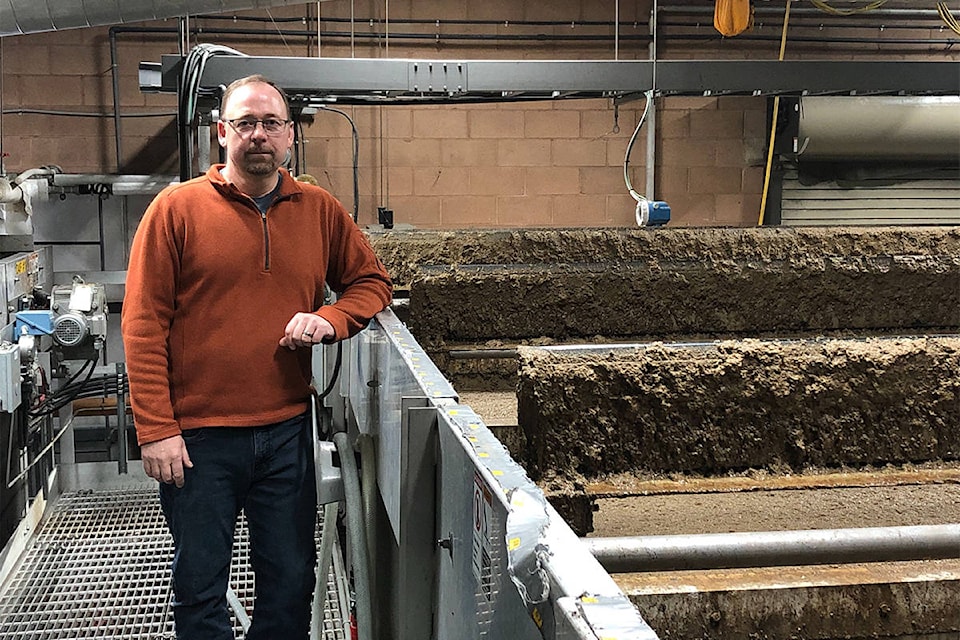With the City of Vernon announcing plans to release reclaimed water into Okanagan Lake, area residents have voiced concerns about the potential effects the treated wastewater could have on aquatic life.
The MacKay Reservoir is nearing its maximum capacity, the city announced Monday. As a result, the city has been given the green light by the B.C. Ministry of Environment to send water from the Vernon Water Reclamation Centre (VWRC) directly to the lake starting February.
For decades, the vast majority of the treated wastewater has been sent to MacKay Reservoir before being used to irrigate sports fields, golf courses and nearby agricultural lands.
“We’ve been doing it for 40-plus years now,” said VWRC manager Serge Kozin.
“We’re very proud of what we’re doing.”
However, the city said the reservoir is near capacity due to changing environmental conditions in recent years.
As an example, Kozin recalls the wildfire smoke in August 2018 that caused temperatures to drop, bringing the city’s irrigation program to a halt and building up a greater amount of water in MacKay Reservoir.
“The temperatures were 10 degrees cooler on average from a normal August, so therefore when we spray irrigate, the water doesn’t evaporate, the water can’t absorb,” said Kozin.
“Therefore we just curtail our operations so we don’t have runoff.”
Some residents have opposed the idea since Monday’s announcement, citing health concerns for swimmers and the lake’s ecosystems.
Anytime a municipality releases wastewater into a lake, the water must be up to standards detailed in an Operating Certificate issued by the environment ministry.
The certificate outlines more than a dozen water quality requirements that must be met, including limits on nitrogen and phosphorus levels.
READ MORE: Recycling collection efforts bolstered after delays in the North Okanagan
READ MORE: City of Vernon to flow treated sewage into Okanagan Lake
“Nitrogen and phosphorus cause eutrophication, which is an algae bloom. And if you have an algae bloom, that’s taking oxygen from the water and that’s detrimental to fish and aquatic life,” said Kozin.
He said the VWRC meets all the requirements for the release of its water into Okanagan Lake, adding other municipalities have long been doing this on much larger scales.
“Other communities are doing this full-scale, full-time and they have an operating certificate that they must abide by.
“If they meet the requirements set by the ministry, then they discharge to the lake.”
It’s not the first time the City of Vernon has done this, as Mayor Victor Cumming said the water treatment processes have been much improved since it was last done in the 1990s.
The 18-hour treatment process involves separating out water from solids, removing any oil and grease, using bio-reactors to remove nitrogen and phosphorus, running water through sand filters to remove fine particles and disinfecting the water with ultraviolet lights.
For those interested in seeing the process first-hand or to ask questions about the planned water discharge, the city is holding two public tours of the treatment plant on Saturday.
“Once they go through the process and see how comprehensive and complex it is, and the water that is produced at the end of it, I think we can change people’s minds,” said Kozin.
Those interested in attending can sign up by contacting the facility at vwrc@vernon.ca or calling 250-550-3627.
